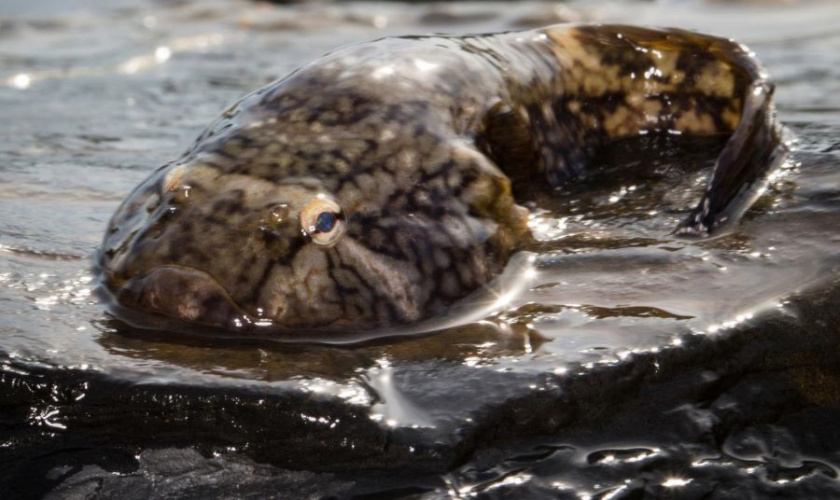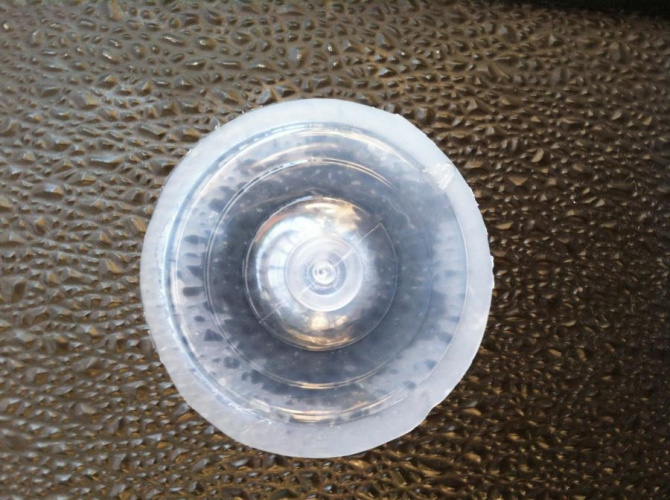
The prototype device mimics the disc on the underside of clingfish that is particularly adept at sticking to rough surfaces. The rim of the disc is covered with layers of micro-sized, hair like structures in various sizes. This layered effect creates more friction along the rim, while the entire disk is flexible and elastic, allowing the clingfish to hold on to coarse, uneven rocks and corals.
Tunabot matches speed and motion of yellowfin tuna
Iridescent tetra fish inspire material for new displays and camouflage
"These fish are so evocative in what they can do,” said study co-author and marine biologist Adam Summers, who is based at the university’s Friday Harbour Laboratories on San Juan Island off the coast of Washington state.
“They can stick to irregular rocks covered in algae, and you cannot buy something that will reversibly stick to those rocks. An awful lot of experimentation and scepticism finally led us to understanding how it worked."

After several years investigating the sucker mechanism of the clingfish, the UW team began building their own prototype, borrowing from the innovations of nature. They discovered that combining different materials helped give the artificial suction cups a rigid structure that was strong enough to hold tension, while also being soft and flexible enough to conform and stick to rough surfaces. According to the UW team, the technology could have applications in fields such as surgery, industrial production processes and whale tagging.
The researchers also found a way to increase the friction on the rim of the cup, mimicking the sucker action of the clingfish. In lab tests, the artificial suction cup actually outperformed the sea creature’s holding power, attaching with tenacities up to 70kPa on surfaces as rough as 270µm grain size. The results are published in the journal Philosophical Transactions of the Royal Society B.
"I like to say, nature is always best," said lead author Petra Ditsche, who started this work as a postdoctoral researcher at UW Friday Harbour Laboratories on San Juan Island. "In this case, when considering their attachment force, our suction cups are better."

Nanogenerator consumes CO2 to generate electricity
Whoopee, they've solved how to keep a light on but not a lot else.